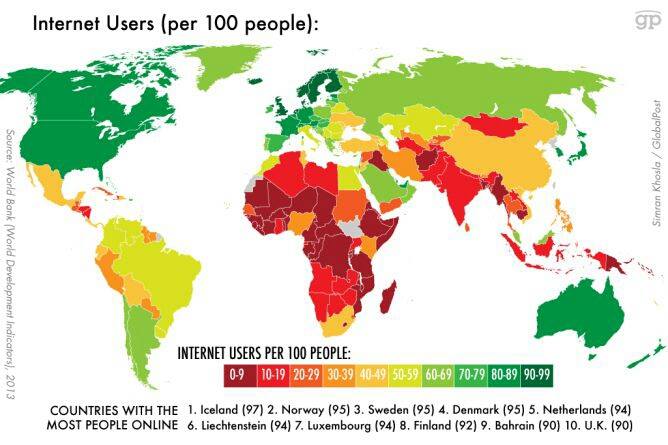Role of CDNs in Reducing the Digital Divide

Content Delivery Networks (CDNs) play a crucial role in addressing the digital divide by providing:

1. Improved Internet Access and Performance:

- CDNs store cached copies of content in data centers located near end-users, reducing latency and improving download speeds.
- This ensures that users in remote or underserved areas can access online resources without experiencing slowdowns or buffering.
2. Enhanced Content Availability:
- CDNs distribute content across a vast network of servers, making it highly accessible even during periods of high demand.
- This ensures that all users, regardless of their location or network conditions, can access critical information and services.
3. Reduced Cost of Internet Access:
- CDNs optimize data delivery by caching and delivering content efficiently.
- This reduces the amount of bandwidth required to access online resources, making it more affordable for individuals and communities with limited financial means.
4. Greater Accessibility for People with Disabilities:
- CDNs support accessibility features such as closed captioning and audio descriptions.
- This ensures that people with hearing or visual impairments can fully participate in the digital world.
5. Increased Educational Opportunities:
- CDNs enable access to educational resources and online learning platforms, providing students in remote areas with equal opportunities to succeed.
- Improved internet performance ensures seamless access to educational videos, interactive simulations, and other learning materials.
6. Improved Healthcare Delivery:
- CDNs facilitate the delivery of telemedicine services to underserved communities.
- This enables patients to receive medical consultations, diagnoses, and treatments from healthcare professionals remotely.
7. Economic Empowerment:
- CDNs support e-commerce and online businesses in underserved areas.
- Improved access to online resources and reduced transaction costs stimulate entrepreneurship and create employment opportunities.
8. Social Inclusion:
- CDNs bridge the gap between connected and unconnected populations.
- Access to the internet fosters social interactions, community building, and civic engagement, promoting social inclusion and equity.
Conclusion:
CDNs are essential tools in reducing the digital divide by improving internet access, enhancing content availability, and reducing the cost of connectivity. They play a vital role in empowering underserved communities, promoting equal opportunities, and fostering inclusive economic and social development.
